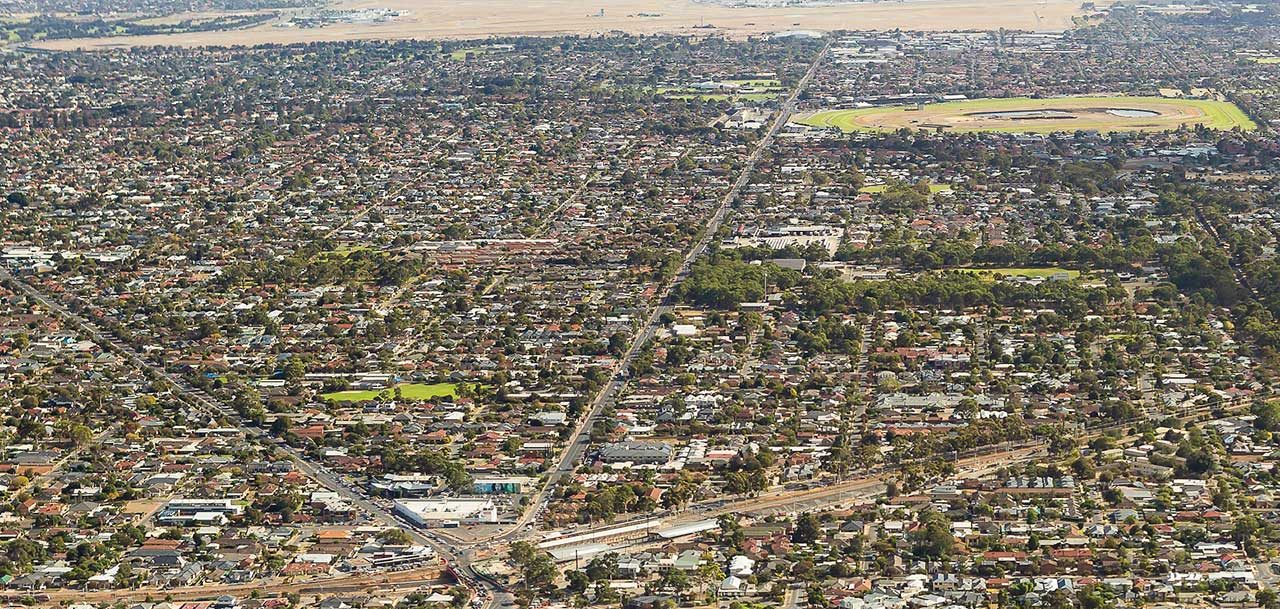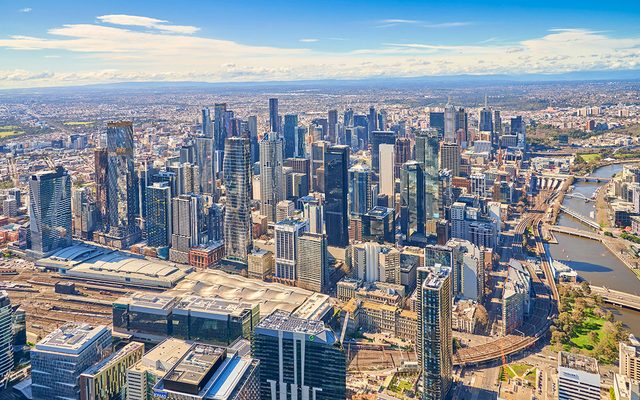This article is from the Australian Property Journal archive
DESPITE uncertain economic conditions, Australian households are mostly holding up against affordability challenges, with arrears still in line with long term averages.
According to S&P Global Rating’s latest RMBS Performance Watch: Australia report for Q3 2023, prime mortgage arrears were at 0.92% in September, which is around the long-term average of 1.00%.
While the cash rate hike pause over the quarter was a welcome break for borrowers, cash flow pressures will now continue for many borrowers in the lead up to the holiday season.
While Prime RMBS arrears remain around long-term averages, they are way up year-on-year from the historic low of 0.58%.
“Arrears are a lagging indicator. They also had a delayed impact from this monetary policy tightening cycle, thanks to higher pandemic savings buffers,” read the report by S&P Global Rating.
In Q3, nonconforming arrears rose to 3.86% from 3.47% in Q2, with nonconforming borrowers more vulnerable to cashflow pressures from higher rates.
Prime prepayment rates edged up to 25.92% during Q3 from 25.46% in Q2 with nonconforming prepayments down to 36.93% from 37.52% in the previous quarter.
With prepayment rates typically peaking in September and currently sitting above long-term averages, reflecting still strong refinancing conditions.
“Property price growth, savings buffers and competitive refinancing conditions is helping to ease debt-serviceability pressures by giving borrowers more agency to self-manage their way out of financial stress, thereby tempering arrears,” read the report.
“Strong employment conditions and job mobility continue to underpin low levels of defaults.”
As of September 2023, investor arrears are at 1.06% compared to 1.37% for owner-occupiers, this gap is expected to narrow as borrowers are more likely to lag on mortgage repayments for a secondary residence.
Albanvale in Melbourne’s north-west is currently the wort-performing suburb, with 4.41% of loans in arrears.
Kurunjang, also in Victoria, follows at 4.05% with Cecil Hills, NSW coming in at third with 3.87%.
While two Queensland suburbs round out the top five wort performing suburbs with Barkly at 3.72% and Jimboomba at 3.57%.




